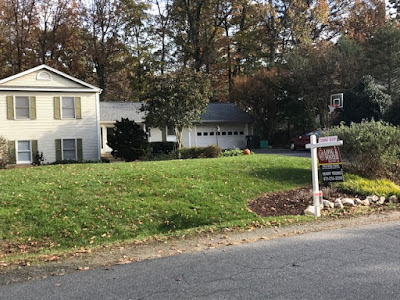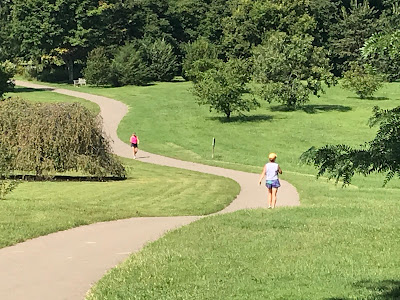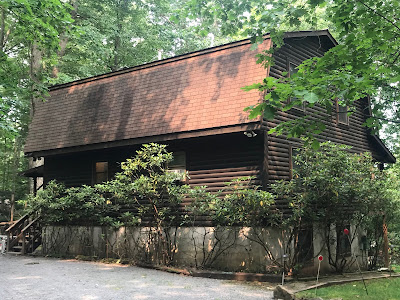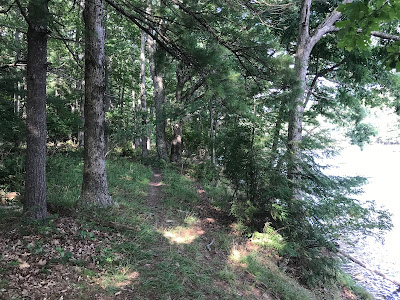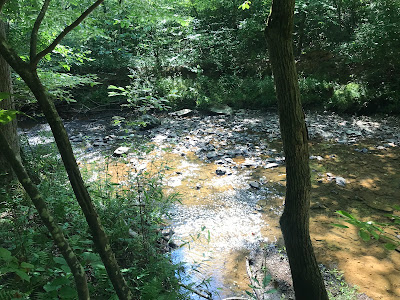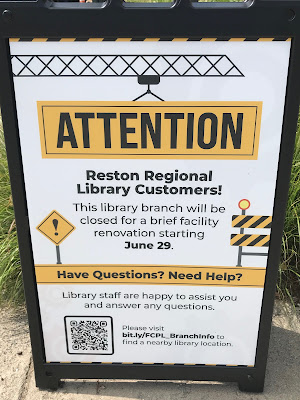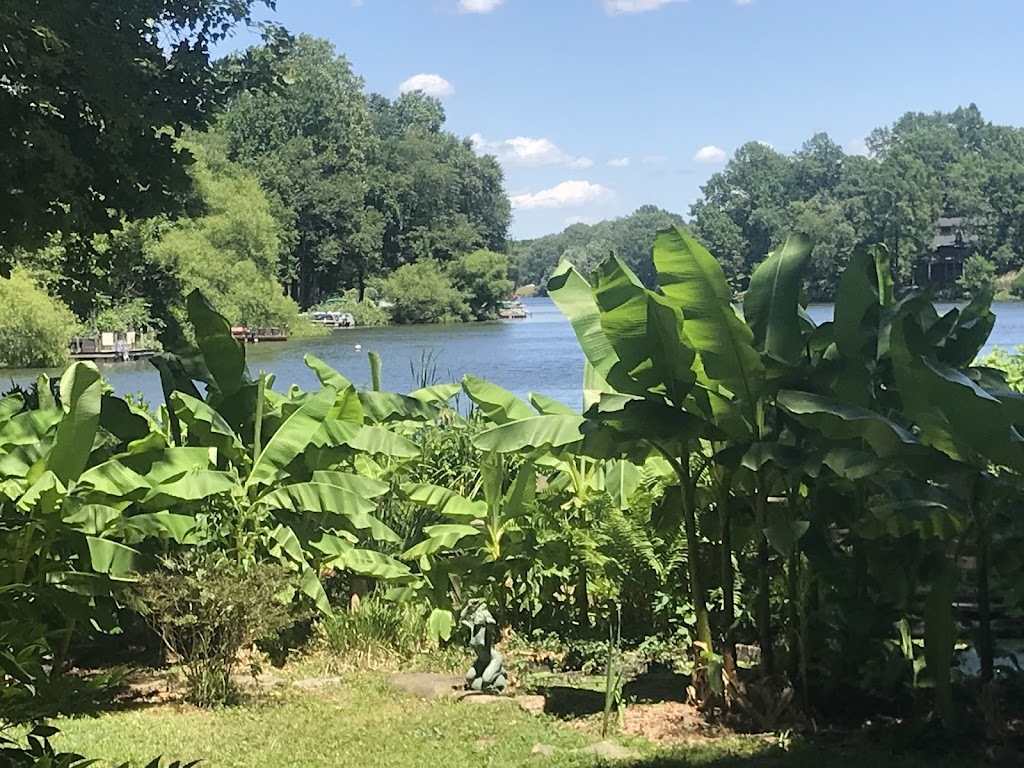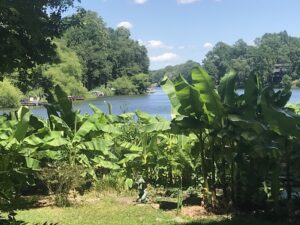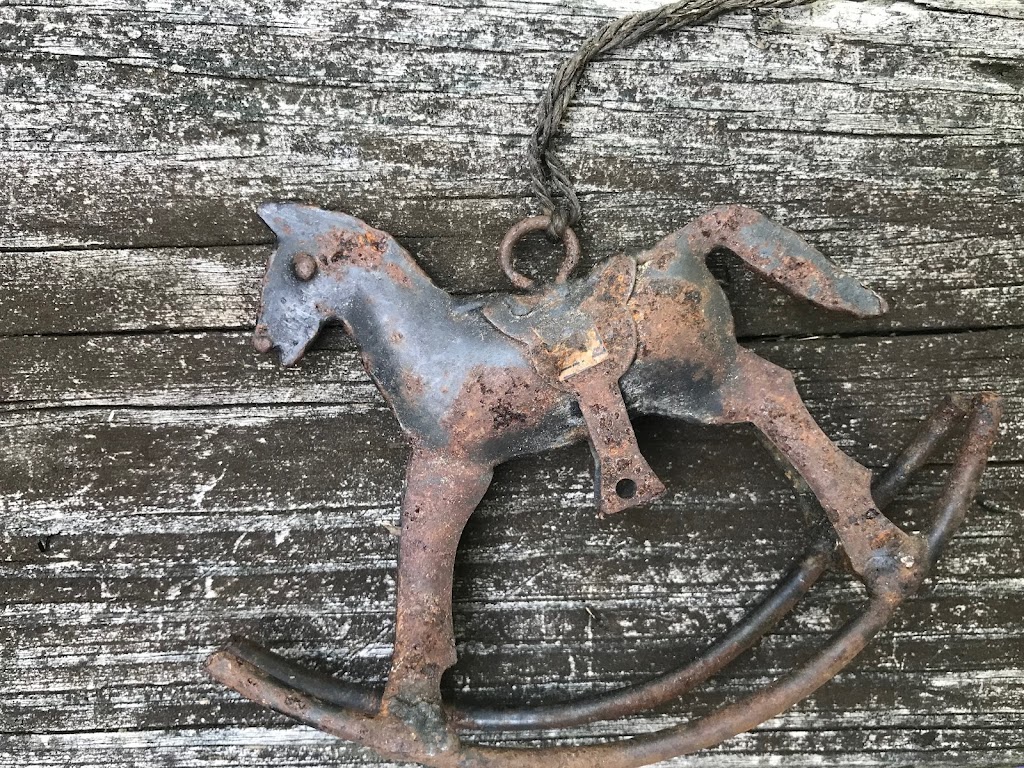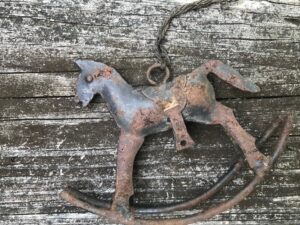Coming Soon
A new sign greeted me on my early-morning walk. “For Sale: Coming Soon” read the sign on a house across the street.
In retrospect I’m not surprised. The house is looking primed and polished these days with tidied landscaping and a newly sealed driveway.
I barely know the occupant; his tenure has been relatively short, as residencies are measured in this neighborhood of long-lasting owners. I feel the lack of contact as a failure of sorts. We knew the previous owners of this house quite well. Their youngest daughter was one of our youngest daughter’s best friends.
Still, times change — and neighborhoods do, too. This one will be changing again soon.
